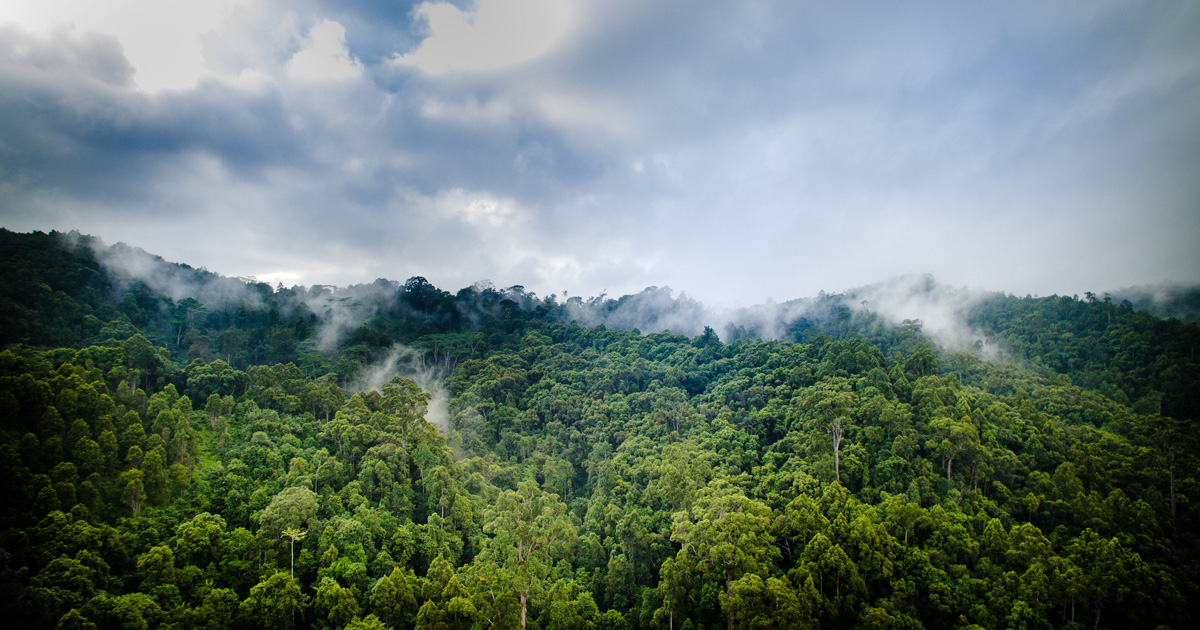In this study, the potential of biomass, which is generated from oil palm cultivation and crude palm oil (CPO) production of Indonesia was assessed in the aspect of energy content. The types of oil palm biomass were classified on the basis of the cultivation stage and the CPO production stage. In the cultivation stage, biomass is considered to be produced from its' root, trunk and frond. Other possible biomass resources such as empty fruit bunch (EFB), palm kernel shell (PKS) and fiber were included in the CPO production stage. As results, total biomass from damaged plantation area of Indonesia was estimated to be annually from 3 million to 16 million tons in 2011. From CPO mills, approximately 49 million tons/yr of biomass residues were estimated to be annually occurred. Their total energy content from each biomass source in cultivation stage was analyzed to be from 593,000 to 3,197,000 TOEs in terms of gross calorific value. In the case of CPO mills, around 22.7 million TOEs was estimated to be potential energy producible by biomass based on gross calorific value of dry basis. If moisture content considered, net calorific value was analyzed to be decreased to 16.3 million TOEs. Based on the results, the total energy contents of all oil palm biomass were estimated to be up to 25,919,000 TOE in terms of gross calorific value. CPO : Crude Palm Oil, EFB : Empty Fruit Bunch, FFB: Fresh Fruit Bunch, PKS : Palm Kernel Shell, OPF : Oil Palm Frond, PKOC : Palm Kernel Oil Cake, ISPO : Indonesia Sustainable Palm Oil Commission, TOE : Tone of Oil Equivalent.
Download:
DOI:
https://doi.org/10.5658/WOOD.2014.42.3.231
Altmetric score:
Dimensions Citation Count:

























